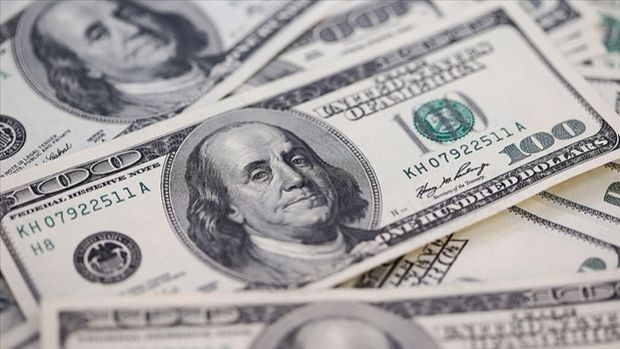Foreign exchange reserve step from Asian central banks
Asia’s major central banks have been rebuilding their foreign exchange reserves amid concerns that the Fed will continue to hike interest rates and a stronger U.S. dollar. Asia’s major central banks have been rebuilding their foreign exchange reserves amid concerns that the Fed will continue to hike interest rates and a stronger U.S. dollar, with India’s central bank leading the charge. India, South Korea, Taiwan and other Southeast Asian countries have amassed $132 billion in foreign exchange reserves since November as they seek to defend their currencies against the U.S. dollar, according to calculations by Bloomberg. That’s more than half the amount of reserves Asian central banks lost last year. In the first 10 months of 2022, they lost $243 billion in foreign exchange reserves. Between the end of October 2022 and February 2023, the Indian Central Bank's foreign exchange reserves increased by $44 billion to $575 billion, Taiwan's foreign exchange reserves increased by $14 billion to $557 billion, South Korea's reserves increased by $16 billion to $430 billion, and Indonesia's foreign exchange reserves increased by $9 billion to $139 billion.


